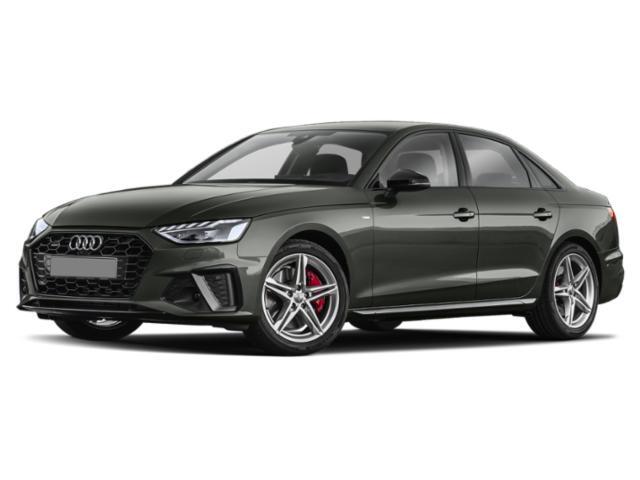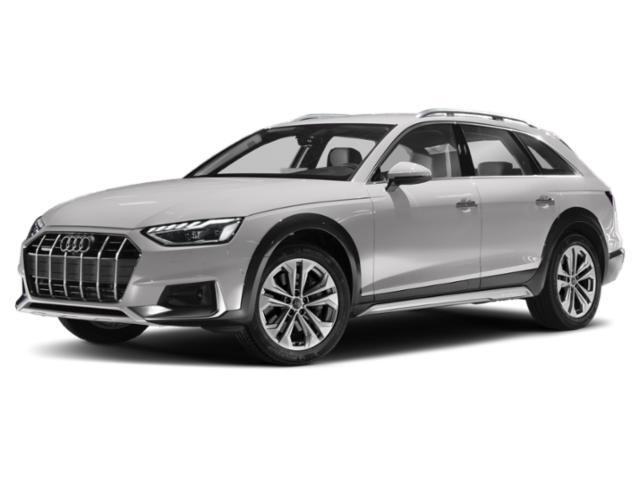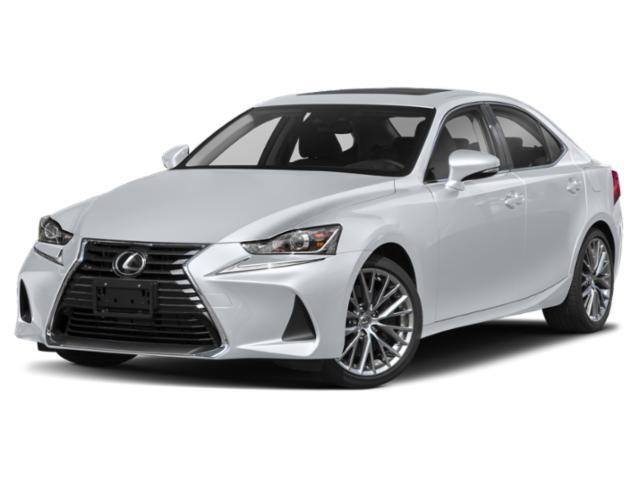
2020 Mercedes-Benz C-Class

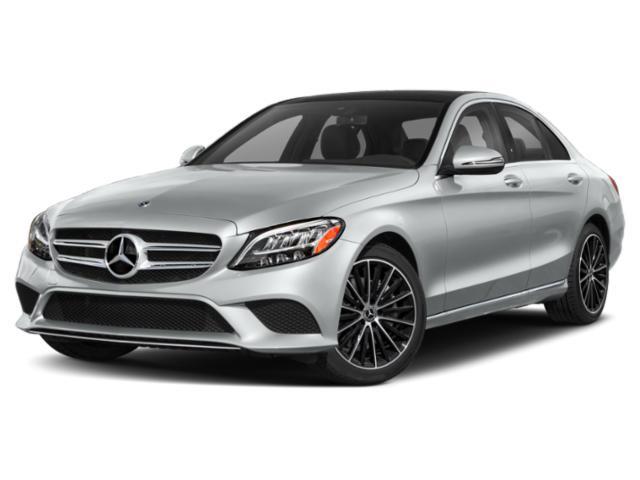
Key Specifications for 2020 Mercedes-Benz C-Class






Buyer’s Guide
History/Overview
Since 1993, Mercedes-Benz has used the C-Class name on its range of compact sedans and station wagons, and, more recently coupe and convertible models. The current, fourth-generation model was introduced in 2015.
What's New / Key Changes from Last Year
Changes are minor for 2020. The C-Class sedan and wagon gain dual rear-seat USB ports as standard equipment. New to the options list are ventilated front seats, which are available in coupe, convertible, sedan and wagon models.
Available Trims
Mercedes offers the C-Class in three distinct trims, all built around different engines. The C 300 uses a turbocharged four-cylinder engine, and the C 43 gets a twin-turbo V6; both are available in all four body styles.
The C 63 is a high-performance variant powered by a turbo V8 offered in two power levels. The base C 63 is sold as a sedan only, and the more potent C 63 S can be had as a sedan, coupe or convertible.
All engines come matched with a nine-speed automatic transmission. C 300 and C 43 are standard with Benz's 4Matic AWD, and the C 63 models are rear-drivers.
Standard Features
C 300 standard interior features include power-adjustable/ heated front seats with driver memory, dual-zone automatic climate control, heated/power-folding side mirrors, keyless engine start, a five-speaker sound system, 7.0-inch infotainment display, Bluetooth, and four USB ports.
Exterior features include remote engine start, a sunroof, 17-inch wheels, LED headlights, LED taillights, and rain-sensing wipers. The C 300 wagon adds heated windshield washers.
C 300 standard safety items comprise forward collision warning with automatic braking, blind spot monitoring and rear cross traffic alert, attention assist, crosswind assist, vehicle exit warning.
C 43 adds 18-inch wheels, trim-specific grille and other exterior styling cues, performance brakes, exhaust and suspension, ambient interior lighting, and a panoramic sunroof.
The C 63 gains its own 18-inch wheel design, an AMG vertical grille, a more aggressive body kit, a power-dome hood, upgraded brakes with grey painted calipers, more aggressive exhaust, suspension and brakes, and analog clock, sport seats,
C 63 S's additions are 19-inch wheels, red brake calipers, composite brakes, heated windshield washers, and Nappa leather upholstery.
Key Options
As noted above, all C-Class variants now offer ventilated front seats.
Other extras include wireless smartphone charging, Apple CarPlay/Android Auto smartphone integration, a 10.25-inch infotainment display, a fully digital gauge cluster, active multi-beam LED headlights, a 13-speaker Burmester stereo, hands-free trunk/tailgate opening, a fully digital gauge cluser, and active parking assist.
An intelligent drive package bundles semi-autonomous driver aids, like adaptive cruise control with map-based speed control, active blind spot and lane change assists, and a rear-end collision prevention feature.
There is also a variety of exterior design packages available.
Fuel Economy
As of this writing, Mercedes hadn't published fuel consumption estimates for the 2020 C-Class. However, this year's ratings should be similar, if not identical, to those for the 2019 model, which follow.
C 300 fuel consumption is estimated at 11.0/7.3 L/100 km (city/highway); coupe and wagon models are marginally less efficient, but the largest variance belongs to the convertible, with its ratings of 11.3/8.1 L/100 km.
The C 43 is rated 12.4/8.7 L/100 km (city/highway) in sedan form; wagon, coupe and convertible models are all nominally less efficient.
C 63 and C 63 S sedan models are rated 13.2/8.7 L/100 km; coupe and convertible variants' ratings are 13.9/9.2 and 13.9/9.7 L/100 km, respectively.
Competition
The C-Class is one of the best-known names in the compact luxury car class, but it's certainly not the only one. It goes up against the BMW 3 Series, Audi's A4/S4, the Volvo S60/V60, the Acura TLX, Lexus's IS, the Cadillac CT4, Infiniti's Q50, the Jaguar XE, and the Genesis G70.
Review & Compare:
Photos






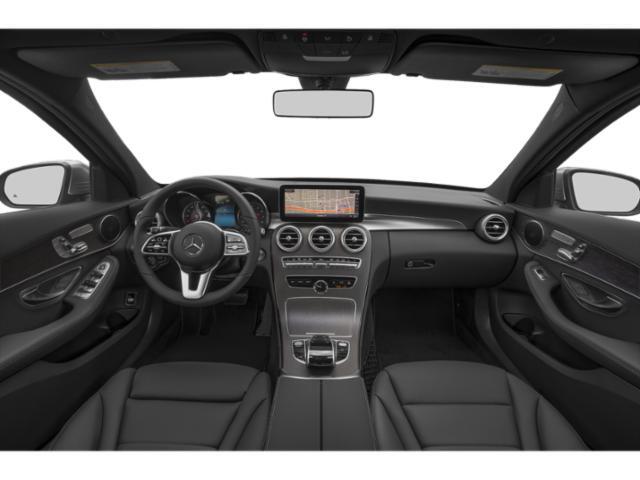




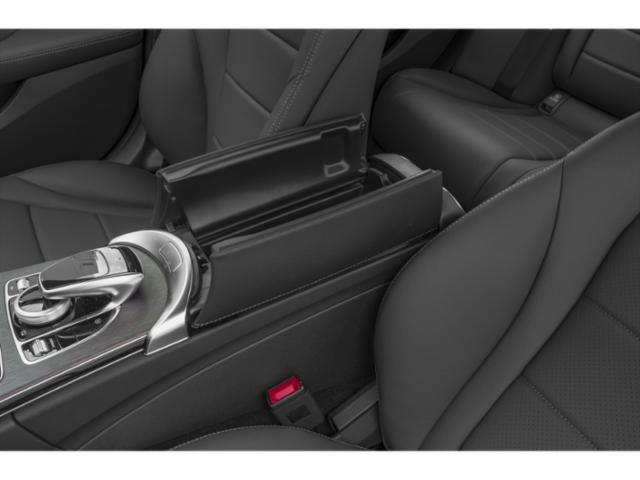








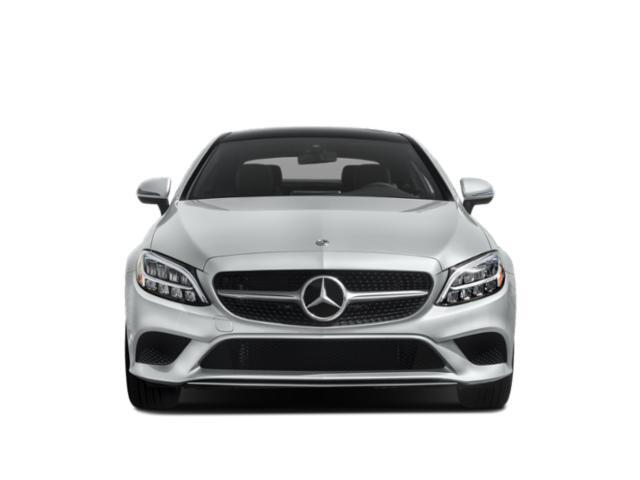


















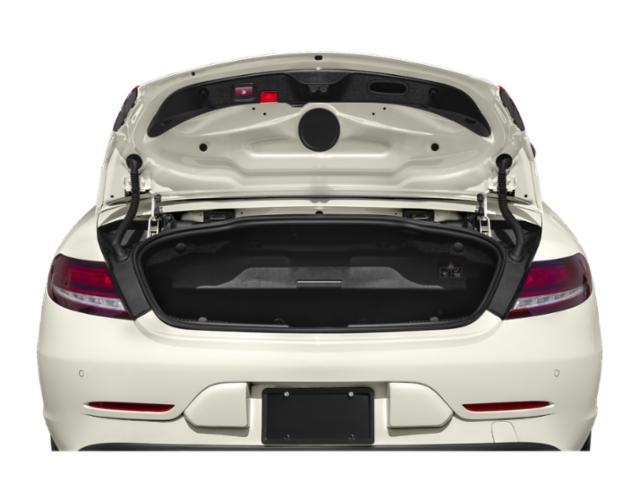





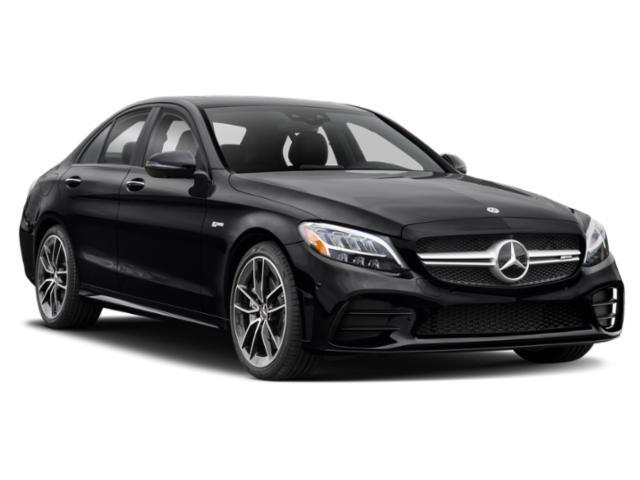
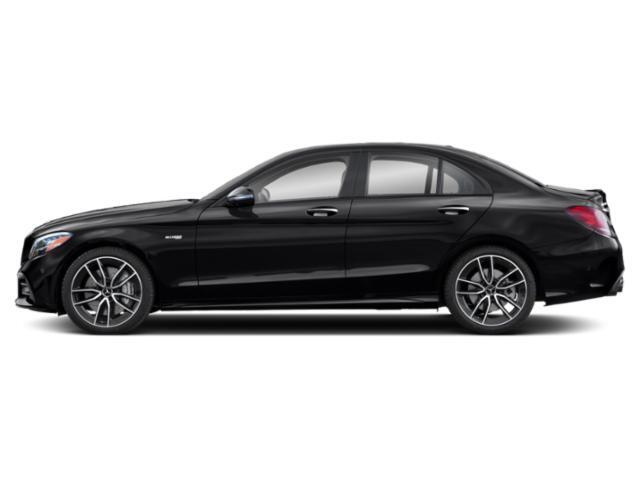

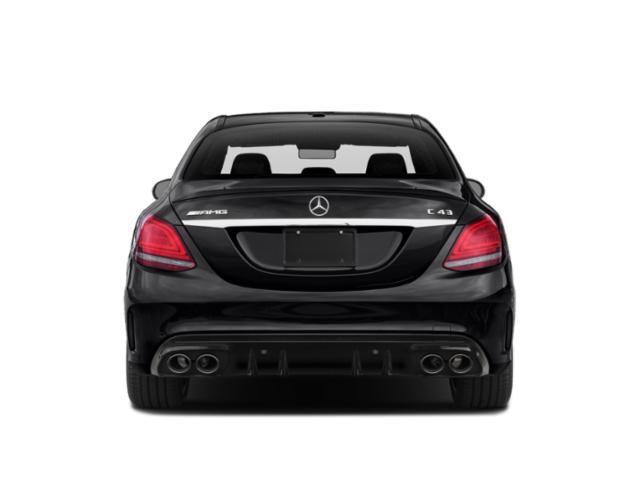


























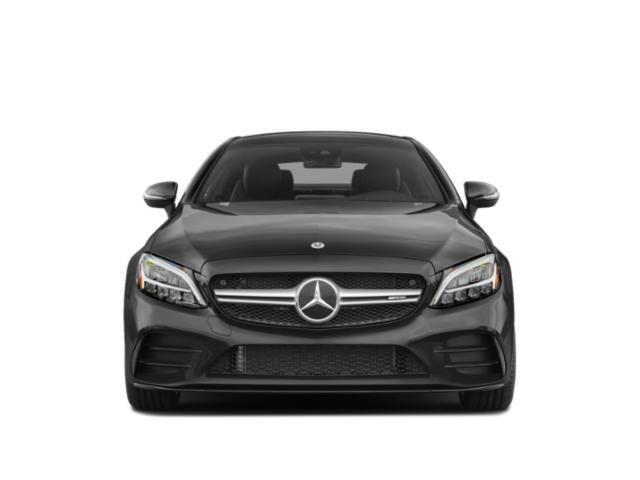












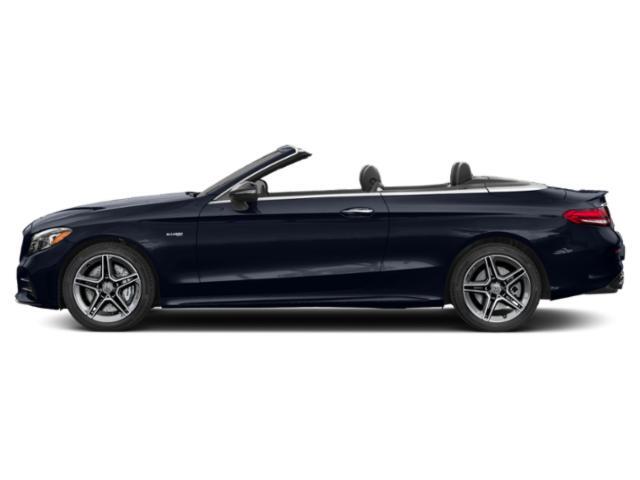









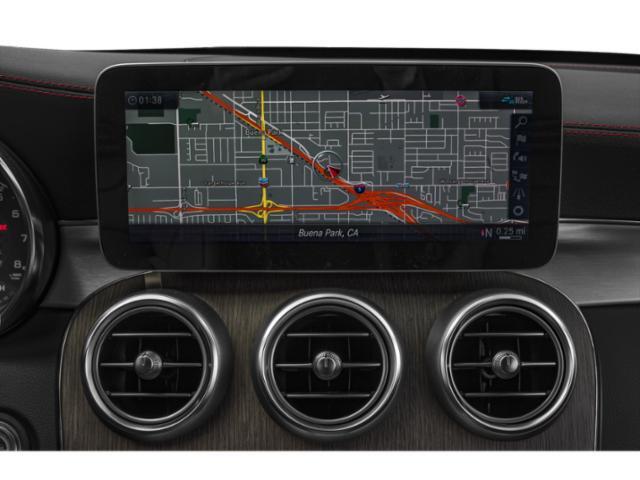








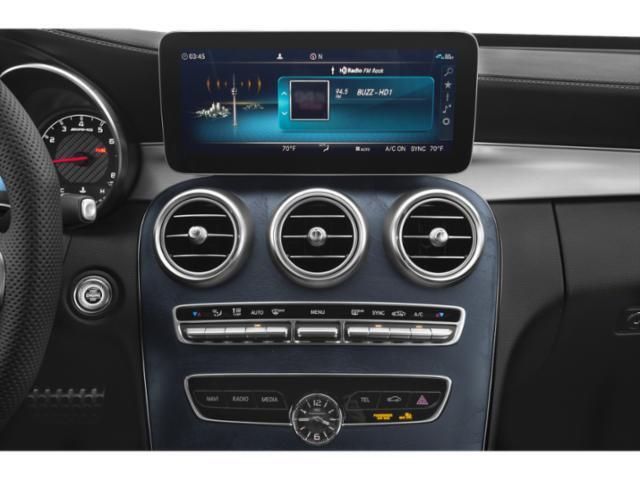


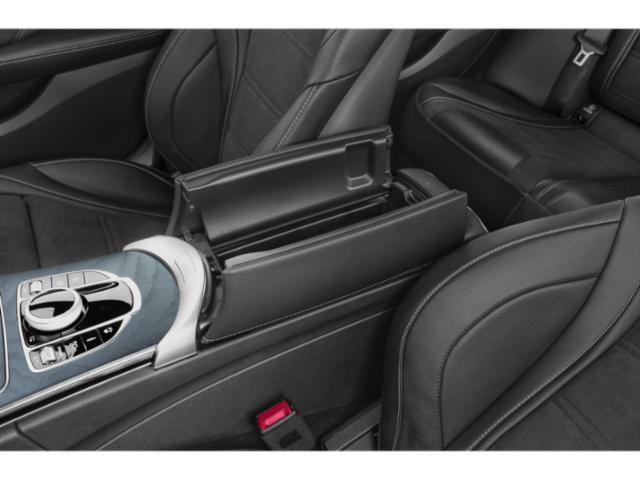












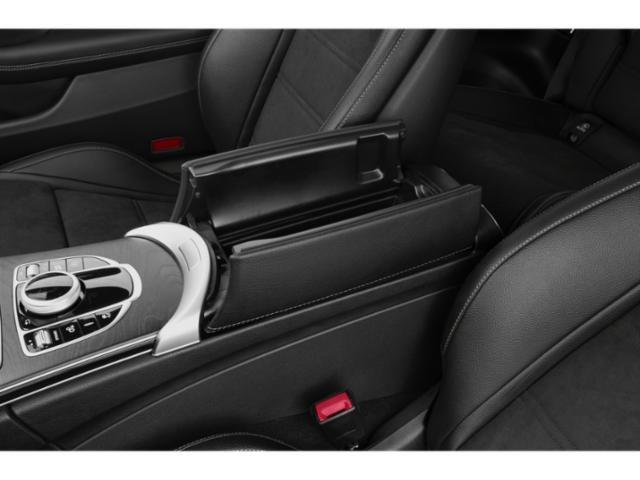














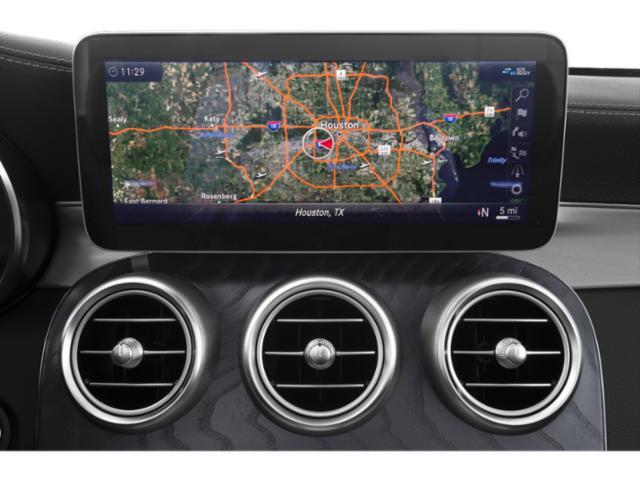











































































































































AutoTrader Review















